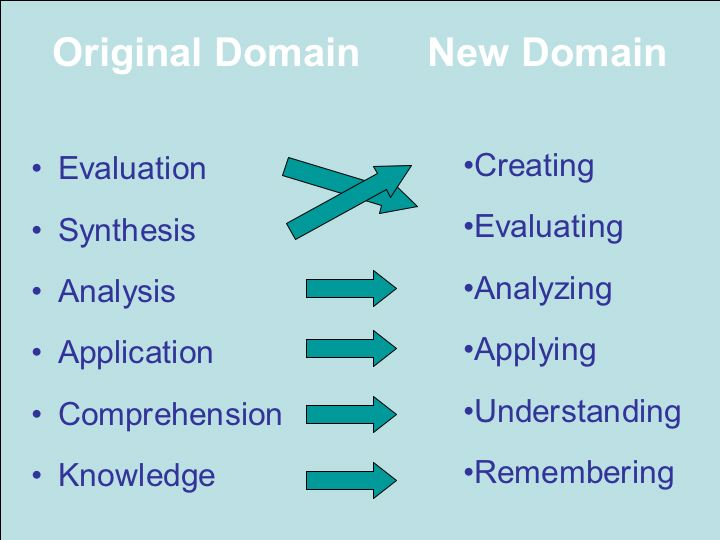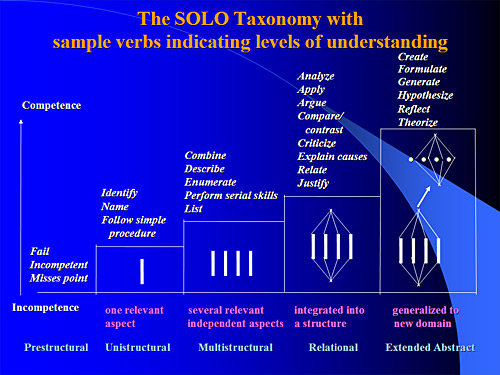When ADDIE was first handed over to the U.S. Armed Forces it was a linear model. However, after working with it they found that they needed a more dynamic model, so they adapted it. They mastered the tool rather than become a slave to it.
For some reason instructional designers love building ADDIE into a goddess that orders them to build crappy learning platforms. For example, they pronounce that it only builds courses when the real fact is that it tells you to use a course only if a simpler method, such as a performance support tool or OJT, will not work.
From its inception, ADDIE was designed to be a lean, mean, instructional design machine. This leanness has fooled others into thinking that it is a universal model that can build strip malls and skyscrapers. Nope! ADDIE has specific steps that are strictly designed for learning. This has led others to believe that ADDIE is too lean, that it tells them what to do, but not how to to it. But as Merriënboer noted, you can add other components on to it when needed
ADDIE is a Scavenger, not a Hoarder
One of the learning tools that is perhaps most often plugged into ADDIE is Bloom's Taxonomy. And of course one of the criticisms often leveled at ADDIE is that it is associated with outdated learning models. However, this plug and play feature of ADDIE does not mean it hangs on to outdated models, but rather it sheds them and goes scavenging for a better one. While Bloom's Taxonomy has been quite useful in that it has extended learning from simply remembering to more complex cognitive structures, such as analyzing and evaluating, newer models have come along.
There are at least three suitable replacements:
1. Revised Bloom's Taxonomy
In the mid-nineties, Bloom's taxonomy was updated to reflect a more active form of thinking and is perhaps more accurate (Anderson, Krathwohl, 2001):

This is perhaps the easiest replacement since it is closely related to the original taxonomy, thus most designers will rapidly adapt to it.. What is interesting about the updated version is how it resembles the SOLO Taxonomy (Structure of Observed Learning Outcomes):
2. SOLO Taxonomy

The SOLO taxonomy is a means of classifying learning outcomes in terms of their complexity in order to assess students' work in terms of quality (see http://edorigami.edublogs.org/2010/07/17/solo-taxonomy/)
3. Marzano's New Taxonomy
In The Need for a Revision of Bloom’s Taxonomy, Marzano describes six levels:
- Level 6: Self-system
- Level 5: Metacognitive System
- Level 4: Knowledge Utilization (Cognitive System)
- Level 3: Analysis (Cognitive System)
- Level 2: Comprehension (Cognitive System)
- Level 1: Retrieval (Cognitive System)
It is made up of three systems and the Knowledge Domain. The three systems are the Self-System, the Metacognitive System, and the Cognitive System. When faced with the option of starting a new task, the Self-System decides whether to continue the current behavior or engage in the new activity; the Metacognitive System sets goals and keeps track of how well they are being achieved; the Cognitive System processes all the necessary information, and the Knowledge Domain provides the content (see ftp://download.intel.com/education/Common/in/Resources/DEP/skills/marzano.pdf.).
What are your replacements for Bloom's Taxonomy?
Reference
Anderson, L.W., and Krathwohl, D.R., eds. (2001). A Taxonomy for Learning, Teaching, and Assessing: A Revision of Bloom's Taxonomy of Educational Objectives. New York: Longman.
2 comments:
Mr. Clark,
You have sparked my curiosity into the world of Instructional Design. I am a student studying Technology and Instructional Design through Walden University. As part of an assignment I have to comment on a posting. The post you wrote about the ADDIE model intrigues me.
I know people who work for the government and are stuck using ADDIE. They often complain how old and outdated it is.
I have been an elementary teacher for eleven years and have had to use Bloom's Taxonomy both old and revisited structures in my classroom.
The last school district I worked for was a huge supporter of Marzano and anything he did. I am not surprised that Marzano completed a revision of Bloom's Taxonomy, what I am surprised about are the Marzano supporters that I know, have not embraced this yet. Is this something he has completed recently?
I have never heard of the SOLO Taxonomy. However, the definition you gave of "the means of classifying learning outcomes in terms of their complexity in order to assess students' work in terms of quality' was intriguing to me and something I will do more research on. I feel like this is something I could adopt and productively use in my classroom.
Lastly, your question of any replacements for Bloom's Taxonomy, I have no answer for. I know that Webb created another adaptation of Bloom's Taxonomy called Webb's Depth of Knowledge where he breaks the different areas down similar to Bloom.
Thank you for sharing your knowledge.
Hi Karen,
Thank you for your comment.I recently posted an article on Design Models that should help people get out of the one size fits all design rut.
Post a Comment